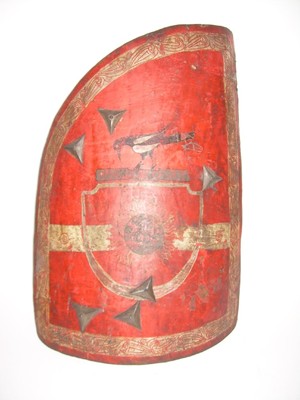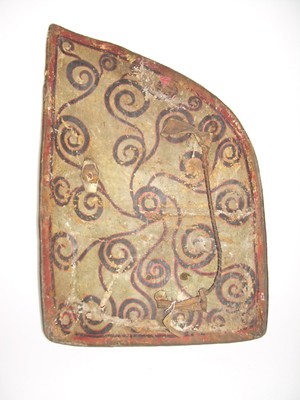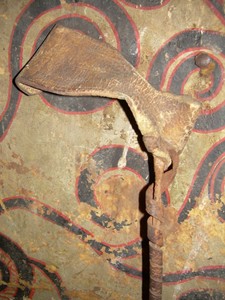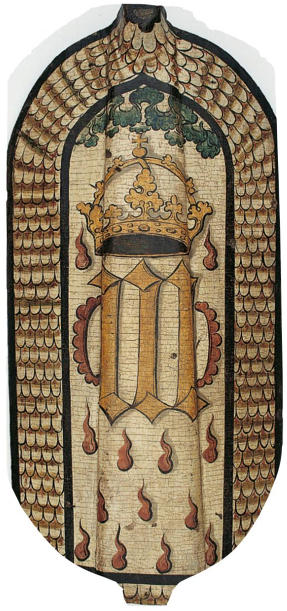
Register a SNAP EBT card with Amazon
Hungarian 15th Century Shields
Hungarian Shield with Crow and Sun, late 15th Century
 Front of a Hungarian Shield with Crow and Sun |
 Back of a Hungarian Shield with Crow and Sun |
 Grip of a Hungarian Shield with Crow and Sun |

